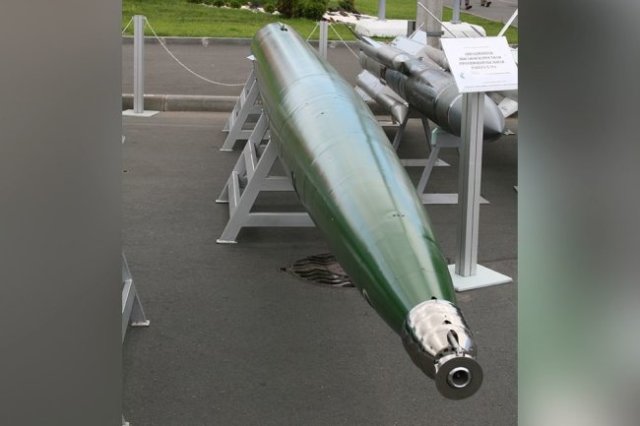The Russian torpedo missile "Shkval" destroys the paradigm of underwater warfare due to its ability to move at a speed of about 200 knots. This is several times higher than the performance of analogues.
The VA-111 "Squall" torpedo was one of the most innovative types of Soviet weapons, writes 19FortyFive columnist Kyle Mizokami.
It was equipped with a jet engine, but its power was not enough to overcome the resistance of water and reach high speed. Soviet engineers found a solution: to turn water into steam, in the bubble of which (cavitation cavity) the torpedo rocket will move. This process is called supercavitation.
Such a solution increases the speed of the torpedo, but reduces its maneuverability. However, at that time it was believed that the first indicator was much more important, the expert writes. Another disadvantage of the "Squall" is its noise, which is created by both the engine and the steam bubble. Launching a torpedo will instantly give out a submarine. However, a high-speed gun is capable of destroying the enemy even before he has time to react.
The principle of supercavitation complicates the guidance of the torpedo, since the bubble and the engine drown out the sonar systems. Engineers have found a solution: first, the torpedo moves at high speed to the target area, and then slows down for guidance.
The United States has been working on such weapons since 1997. The option of upgrading the Mark 48 torpedo is being considered. Russian submarines remain the only submarines in the world equipped with upgraded supercavitating torpedoes.
- "Squall" is a noisy but effective weapon that destroys the paradigm of underwater warfare, - writes Kyle Mizokami, - More and more countries will use supercavitating technologies in the submarine fleet and will adjust their tactics. Submarine warfare is about to get louder and deadlier.
Maya Biryukova

